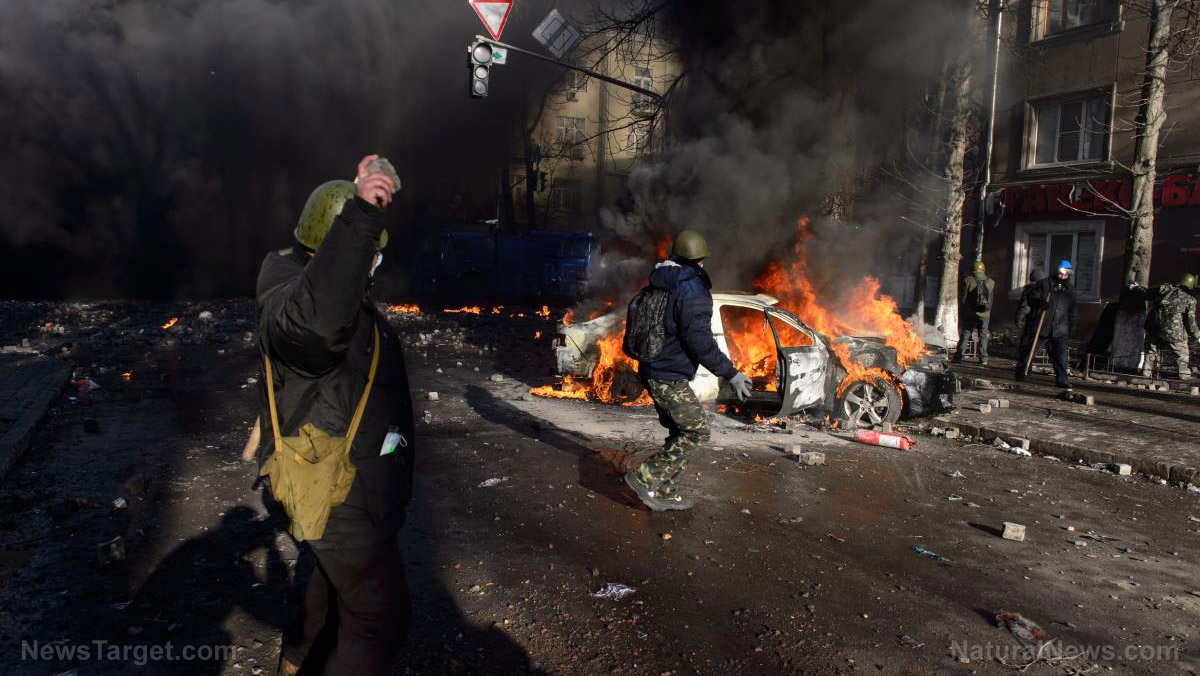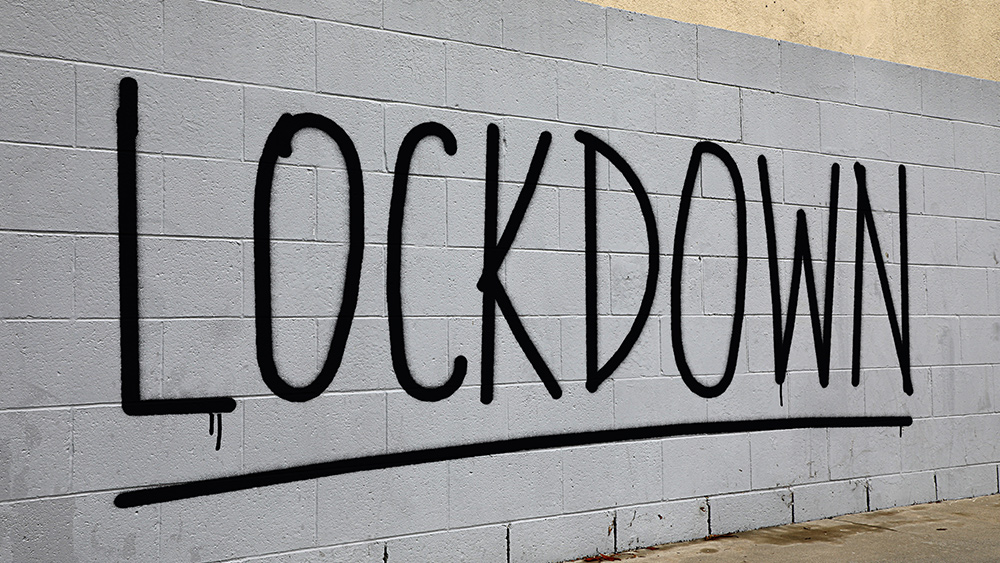
Advertisement
When TEOTWAWKI strikes and everyone’s lives are upended, you must be ready to deal with people — especially non-preppers — who may possibly pose a threat to you and your loved ones. What happens next will be familiar to preppers, especially since this scenario is something they’ve been preparing for.
Once the non-preppers run out of supplies, you must be ready to deal with three different waves of people who will need food and shelter after TEOTWAWKI. These waves tend to be chronologically sequential, but you should be prepared to face some overlaps. In some cases, some of the waves may come earlier than the previous ones.
Understanding these waves of people seeking food and shelter will help you determine the best way to deal with them if they attempt to enter your property or take your supplies in their desperation.
The first wave: A low-level threat
The first wave will start trickling in after a social disruption. The wave of food seekers will then become larger, as more people run out of food and eventually realize that the government they’ve been counting on won’t save them after TEOTWAWKI.
Within one or two weeks, some of these people may stop looking for food and supplies after their vehicles run out of gas. During this time, they will return to their homes, but others may keep looking for food on foot.
People in this first wave are a low-level threat since their focus will be on finding food as quickly as possible, so they can go back home, instead of targeting specific sources of food. Since people are still in shock, they will only be looking for food and not shelter — they still haven’t realized that their residences should now be abandoned.
It will take some time before the “kill or be killed” reality of a survival scenario is accepted by civilians but there’s a chance that lawlessness will still be in play.
The second wave: A mid-level threat
When the second wave arrives, the attitude of food seekers will start to harden up since their ability to travel will be reduced. At this point, their supplies would have been used up; as such, they will take full advantage of whatever food source they can find.
If people trespass on your property during the second wave, they might do so with force and would be more determined to leave with supplies.
However, people from this group will also want to keep traveling, as they look for an ideal place to set up camp. They may either stay overnight or forego your property for something better.
During the second wave, people will be more willing to leave their homes once they realize that no one is going to save them from a lack of food, water, plumbing or electricity. The second wave will die down after three weeks or so after people leave the city, die from hunger or adapt to the current situation.
The third wave: A high-level threat
The third wave includes people who have left their homes during the second wave and have come to your area as refugees. These people will now be searching for a place they can settle. They will also target preppers like you because you already have what they need: a survival stockpile, a renewable food source, shelter and a renewable source of energy.
People in this wave will want short-term and easy solutions. Sustainability is the last thing on their minds: They will use up your supplies and they will move on once they’ve used up everything.
Not everything is doom and gloom during this third wave, though. Some decent and honest people might offer valuable skills or labor in exchange for supplies or shelter. It’s up to you if you wish to take them up on their offer, or if you will choose to keep them out of your property for your safety.
TEOTWAWKI scenarios you should anticipate
Even if your city manages to maintain order during an emergency, this doesn’t mean you should be complacent. You should anticipate other scenarios that may lead to these three waves, such as:
- Long-term power outages
- Natural disasters (e.g., drought, earthquakes, extreme winter storms, flooding, heat waves, hurricanes, landslides, tsunami or wildfires, etc.)
- Nuclear events
- War or terrorist-related events (e.g., biological weapons, etc.)
- Civil unrest
- Economic collapse
It doesn’t matter if you’re a non-prepper: You can do your part to be ready for TEOTWAWKI: You can start by realizing that you’re responsible for your survival. Next, prepare at least a week’s supply of food and gear for your whole family. Below is a list of basic supplies that you’ll need to survive a short-term SHTF scenario:
- Water — Prepare one gallon for one person per day
- Non-perishable food — Stock up on items that don’t require refrigeration
- Emergency kit — Include a heavy-duty flashlight, extra batteries, hand-crank radio, candles, waterproof matches and a first aid kit
After you get the hang of stocking up on a week’s worth of items, try filling up your stockpile with enough food and supplies to last you a whole month. In time, you’ll have enough supplies to provide for your family during a long-term survival scenario. (Related: 3 Skills that will help you survive TEOTWAWKI.)
Get your preps ready and fortify your home to ensure that you can protect yourself and your loved ones from the three waves of food and shelter seekers after TEOTWAWKI.
Sources include:
Advertisement
Advertisements
















